Substrata is a company founded in the 1970’s by John Battistoni, which has been solving the biggest challenges in soil stabilization, soil conditioning, cleaning, odor control, and petroleum-based bioremediation for over 40 years. It has now became a market leader with its 100% organic, non-toxic formulations perfect for solidifying and remediating soil, deodorizing, and degreasing—all without any destructive environmental impact.
Its top of the range product, Perma-Zyme is an enzyme based soil stabilizer used for unpaved roads and paved roads. The solution bonds clay particles found in the native soil to create a concrete-like surface. For unpaved roads, this significantly reduces dust. It also makes a great subbase for a traditional paved road.
We have interviewed Royal Marty, CEO of Substrata in order to know and better understand Substrata’s mission and products.
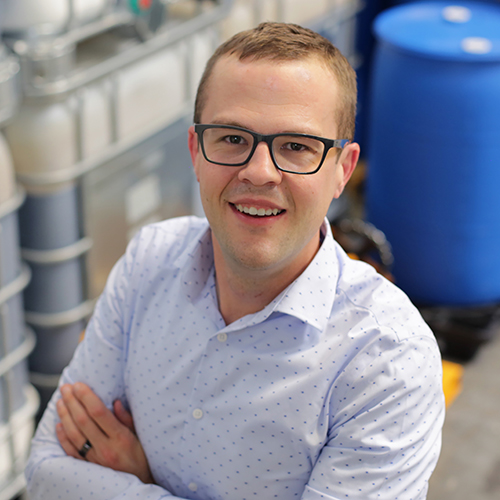
Hello Royal, nice to e-meet you. Can you tell us about when everything started and how you came up with this idea?
Substrata originally began as International Enzymes in the 1970’s owned by John Battistoni, a family friend of mine. I was brought in to help modernize the business and shortly after I started John passed away. I then bought the company and rebranded the company as Substrata.
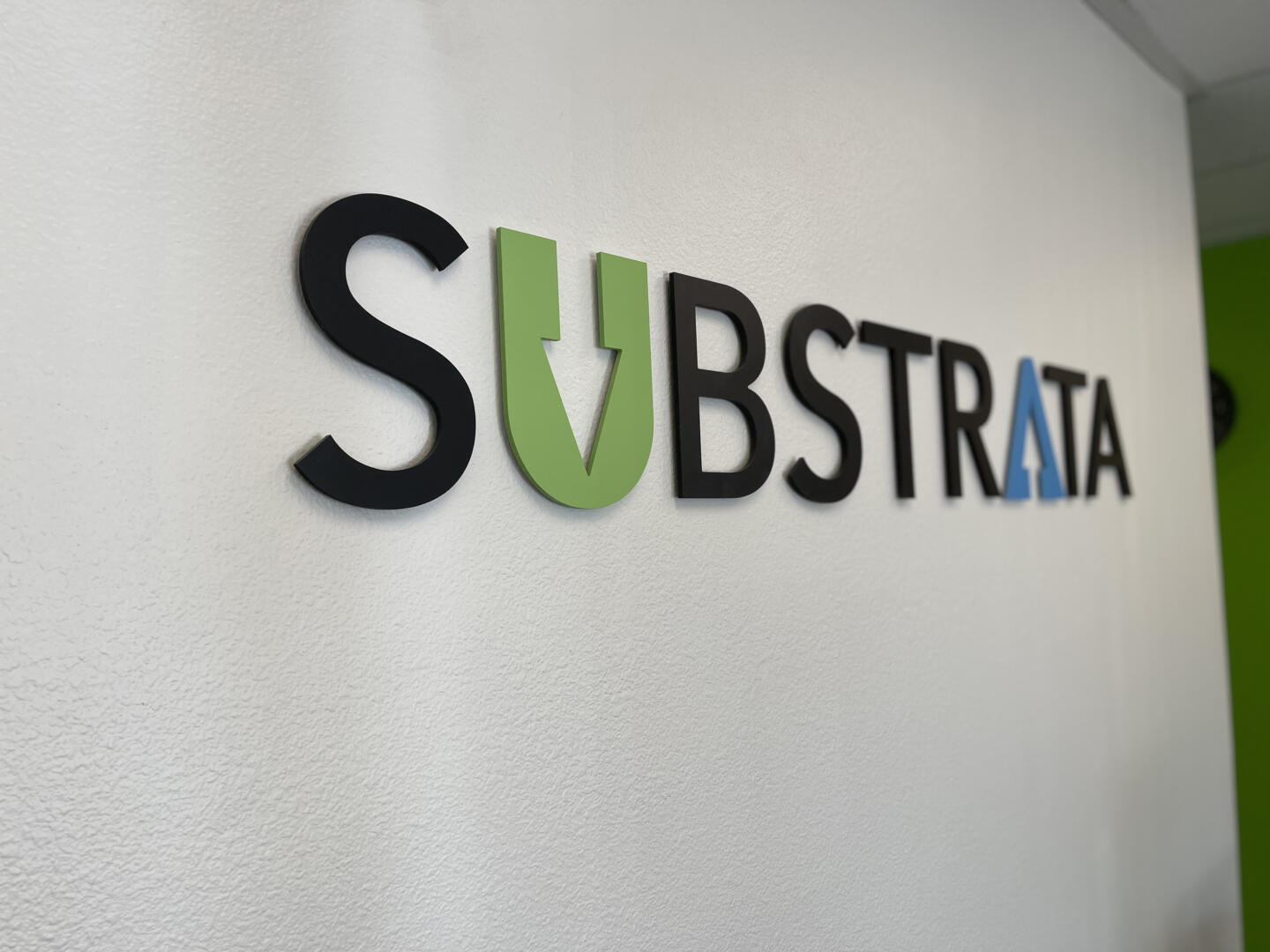 How many people are actually working at Substrata? How is composed your Team?
How many people are actually working at Substrata? How is composed your Team?
We’re currently under 20 employees and quickly growing. What makes us different is that we don’t outsource work. We do all of our marketing and manufacture the product ourselves in the U.S. Our team is constantly expanding, but for now we have under 50 employees responsible for the selling, shipping, manufacturing and marketing of all our products.
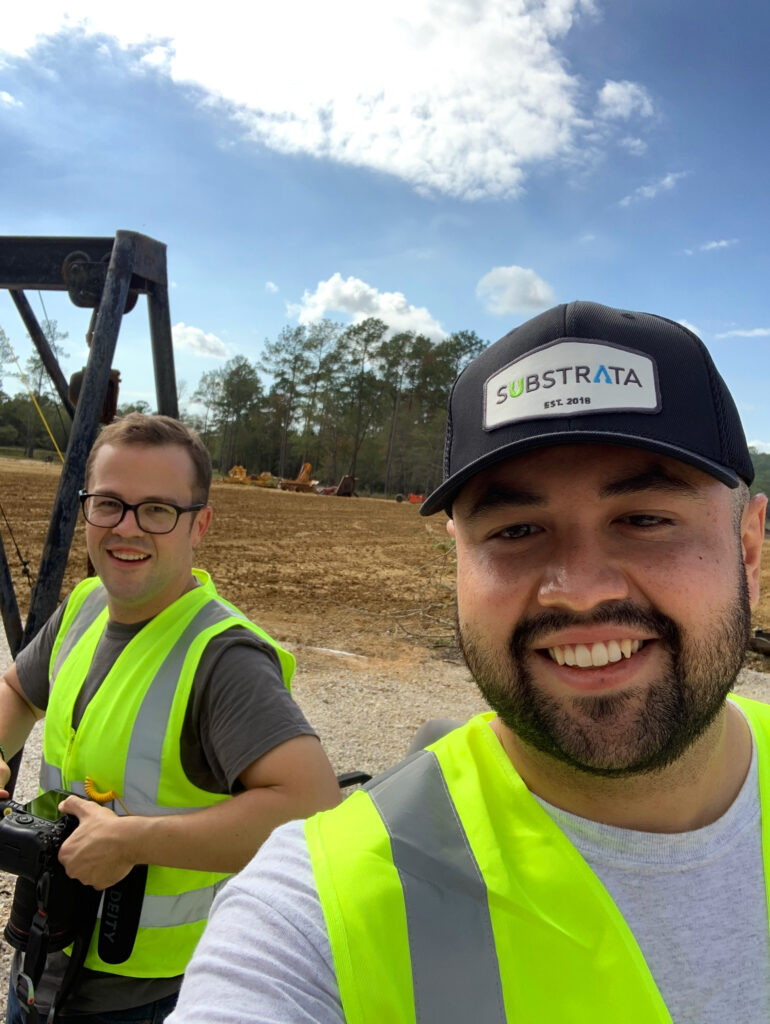
I’ve seen that among your products, Perma-Zyme is the top of the line. Can you explain us how does it function? And in what kind of soils and roads it can be used?
Perma-Zyme is an enzyme based product. What this means is that the enzymes interact with the soil particles and induce an electro chemical reaction which permanently fuses the soil particles together to create a concrete-like surface. This process continues to happen for every particle in the soil that is treated with Perma-Zyme. Traditionally the soil that has a compatible charge is in organic soil such as clay. Other soils such as limestone are also compatible with Perma-Zyme.
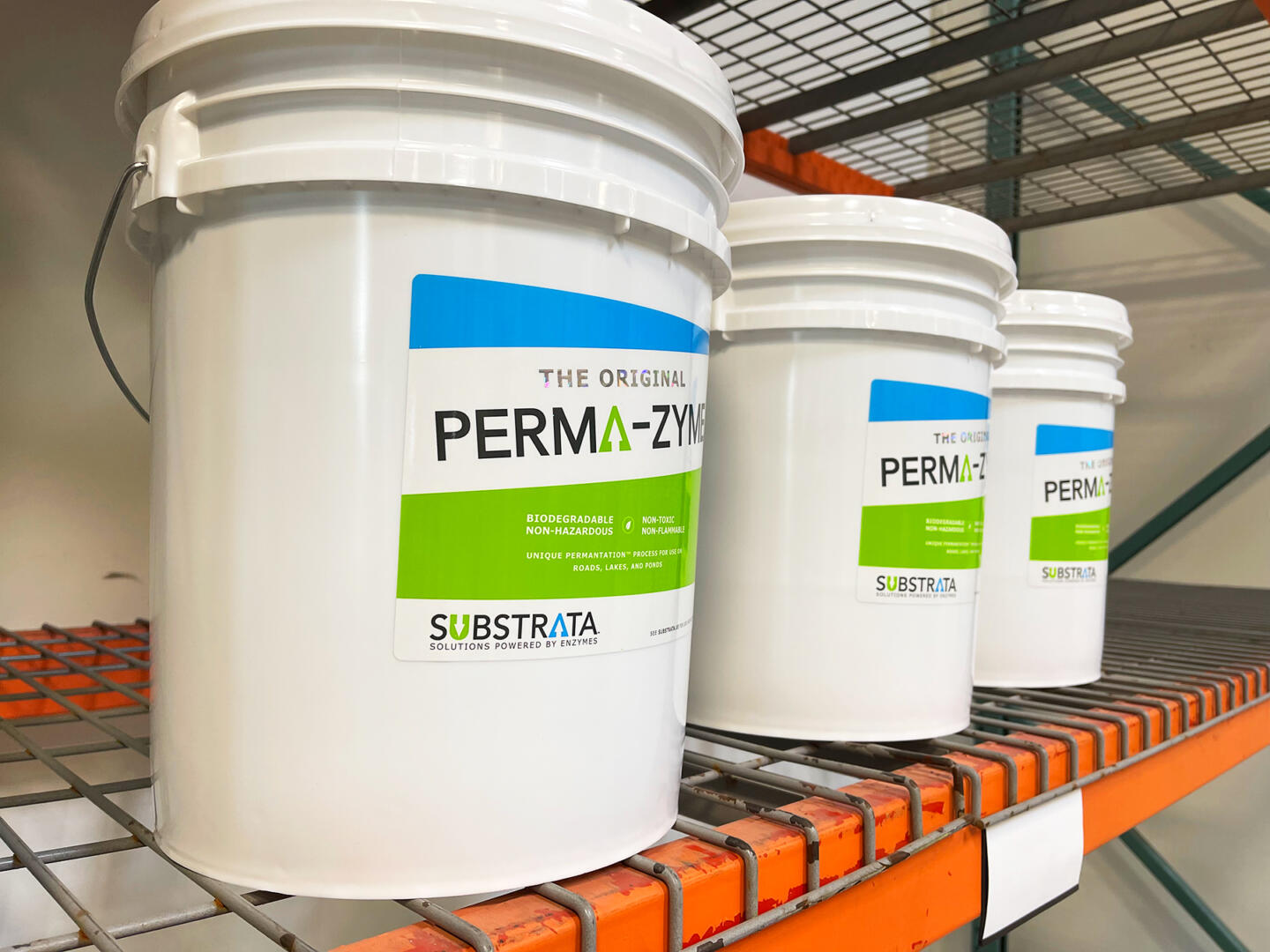
The enzymes in Perma-Zyme target organic material, binding the particles together then moving along to more groups of organic matter to continue the binding process. Clay is almost entirely organic material, making soils high in clay the best candidates for Perma-Zyme.
The original Perma-Zyme formula was founded by John Battistoni in 1972. What are the main differences of the company and of the enzyme-based soil treatment today if compared to 40 years ago?
The formula is the same as it was 40 years ago. Since I bought the company and rebranded as Substrata we’ve turned into a modern business. We’ve focused on our online presence including a detailed Perma-Zyme application training video series at training.perma-zyme.us and road features at https://www.substrata.us/perma-zyme/road-features for customers to view and learn more about the product.
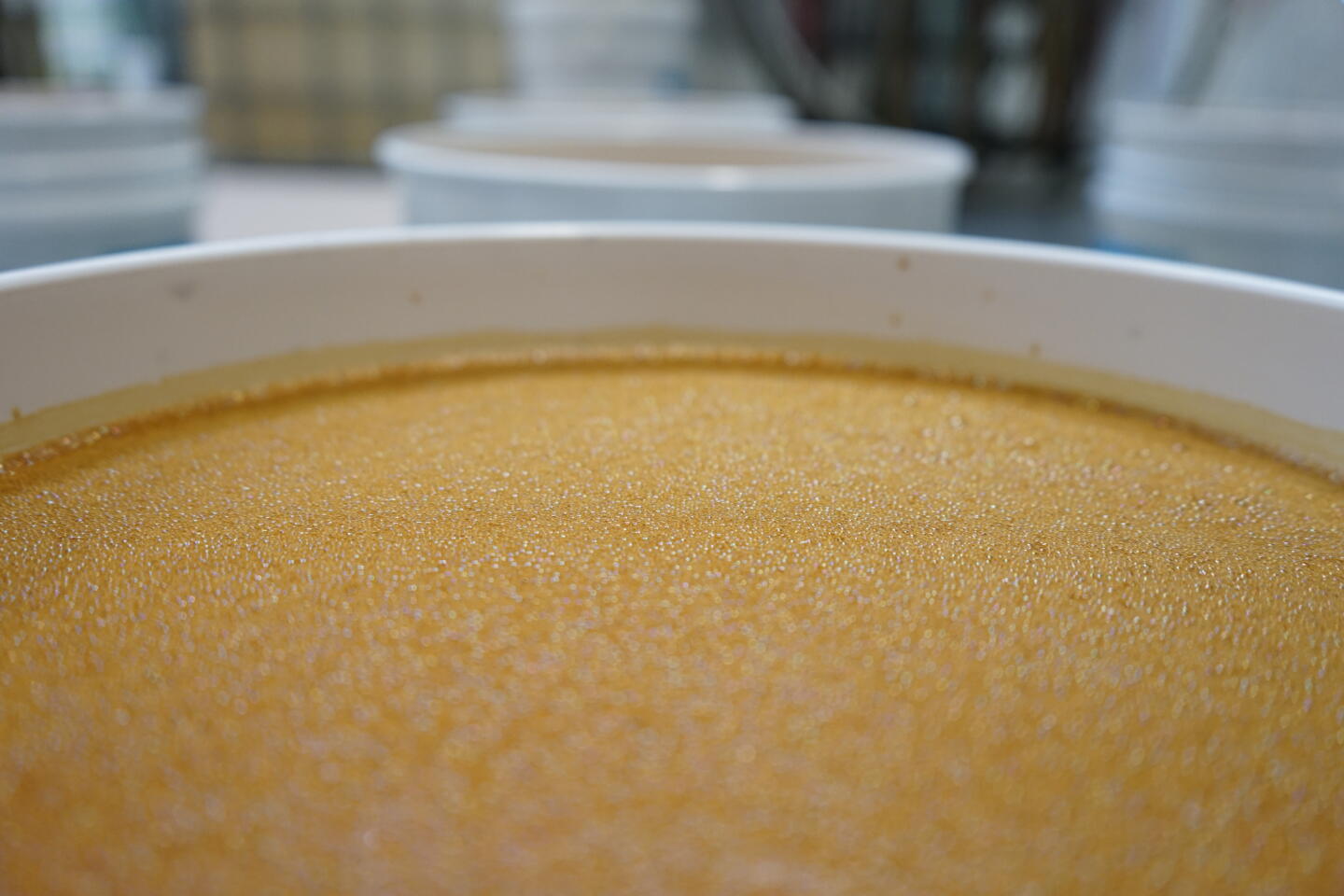
What are Perma-Zyme main advantages?
Perma-Zyme is an easy to use and cost effective product, our rule of thumb is that for a mile long, 2 lane road, your Perma-Zyme will cost less than $6,000 USD. Perma-Zyme’s two most popular use cases are unpaved road and paved road construction. The advantages for those are different so we’ll detail those separately.
Unpaved roads– This is the most common use of Perma-Zyme. When using Perma-Zyme the traditional unpaved road will last 10 to 15 years with little to maintenance. Compare this to traditional methods which require routine maintenance and reapplication. This introduces a huge cost savings over the lifespan of the road.
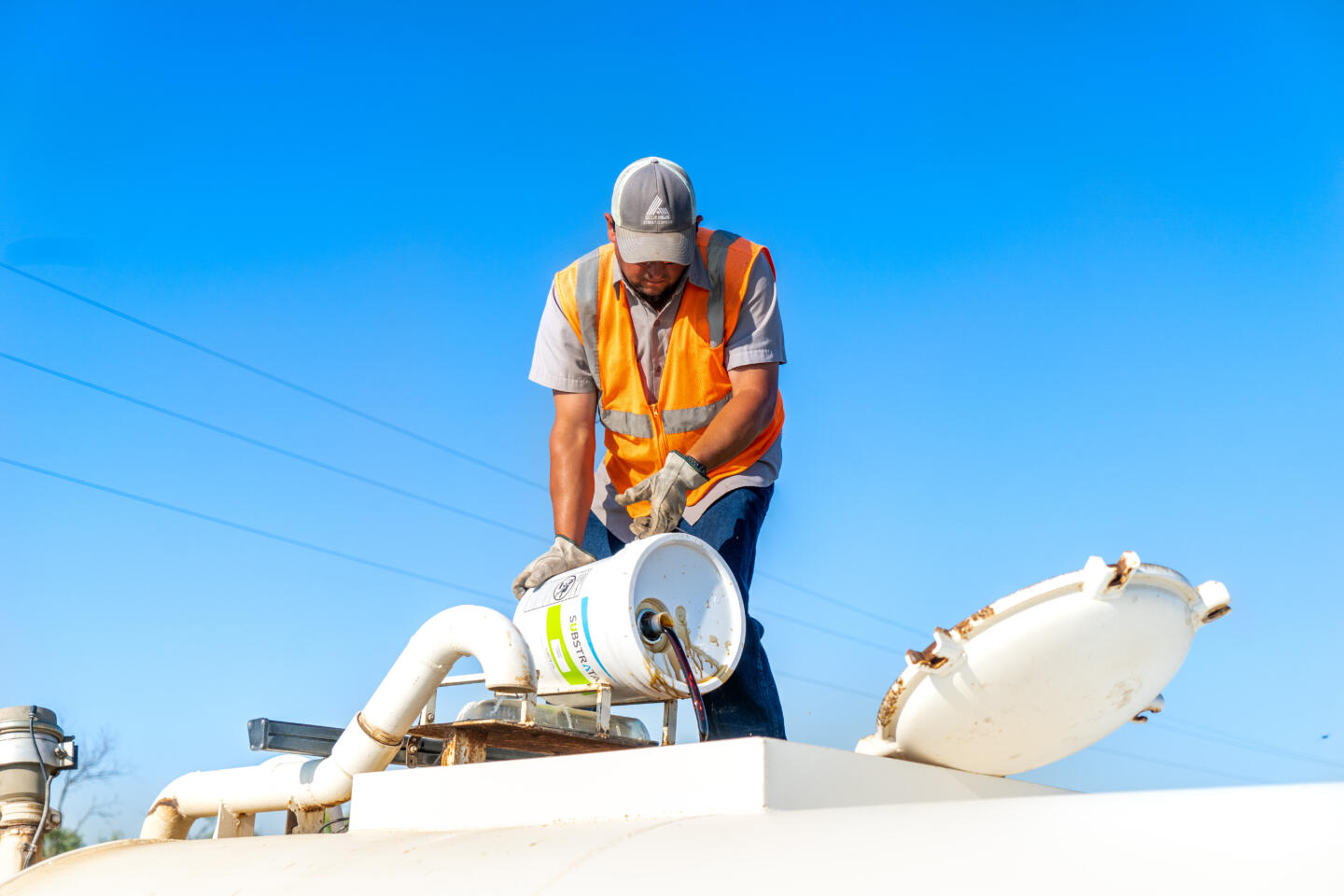
Paved roads– When using Perma-Zyme in conjunction with your paved roads a substantial cost savings is introduced, up to 70%. This is because your subbase thickness can be reduced and even the thickness of the asphalt can be reduced. This is all because of the strength and resiliency that the Perma-Zyme is bringing to the subbase. The cost savings is also substantial because you can use your native soil and you do not have to haul in new material and haul out your old material.
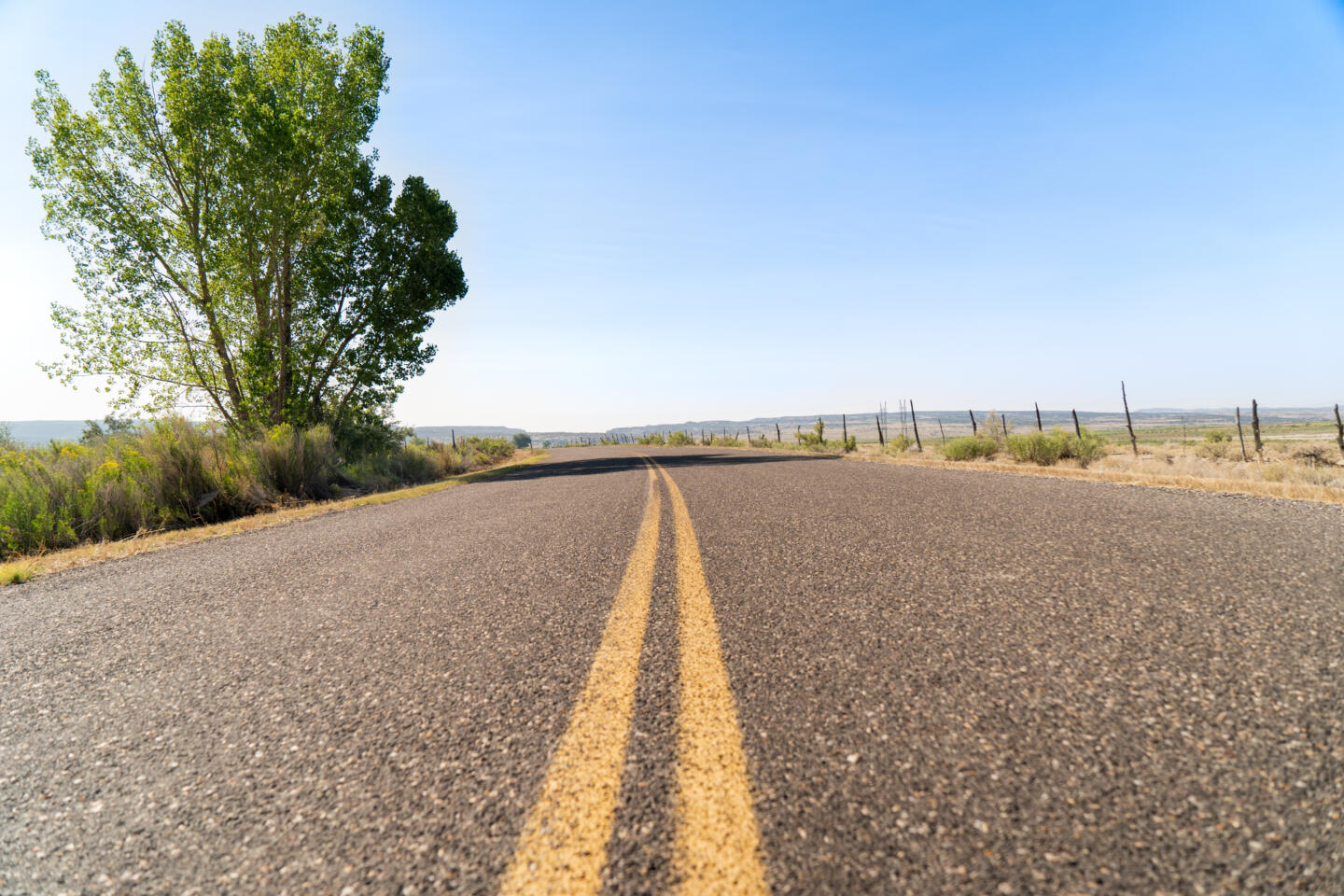
I’ve seen that this new technology can be applied for ponds and lakes as well. Can you explain us how does it function and if there are any differences in using them with roads?
Perma-Zyme can be used to line new and existing lakes and ponds. The benefit to using Perma-Zyme to line lakes and ponds is that you will see decreased seepage and erosion. The process for applying Perma-Zyme to a new pond or lake is the same process as applying Perma-Zyme to a road. If you were to apply Perma-Zyme to an existing pond or lake you would dump the Perma-Zyme into the pond or lake and mix it into the water and allow the Perma-Zyme to sink to the bottom over the span of a few weeks. This process will take weeks to months depending on the size of your lake or pond.
In which type of industry do you feel there would be the strongest growth and improvements within the next few years? Gravels, asphalt, mining or what else?
I think it’s all of the above. As they are getting tighter and tighter more places are looking for unique and novel solutions and Perma-Zyme definitely fits the bill for all of those industries. For the unpaved or gravel roads they can adopt Perma-Zyme and take the roads they had to perform maintenance on 1 to 3 times a year and now only have to perform maintenance every 10 years. In instances where they adopt Perma-Zyme for paved roads they can decrease their subbase and use Perma-Zyme which introduces a huge cost and time savings. For the mining sector using Perma-Zyme will help cut down on the dust and increase their road reliability which will help keep the mines up and running. Another interesting use case that we’ve seen develop over the last several years is using Perma-Zyme for erosion control. This helps prevent mudslides.
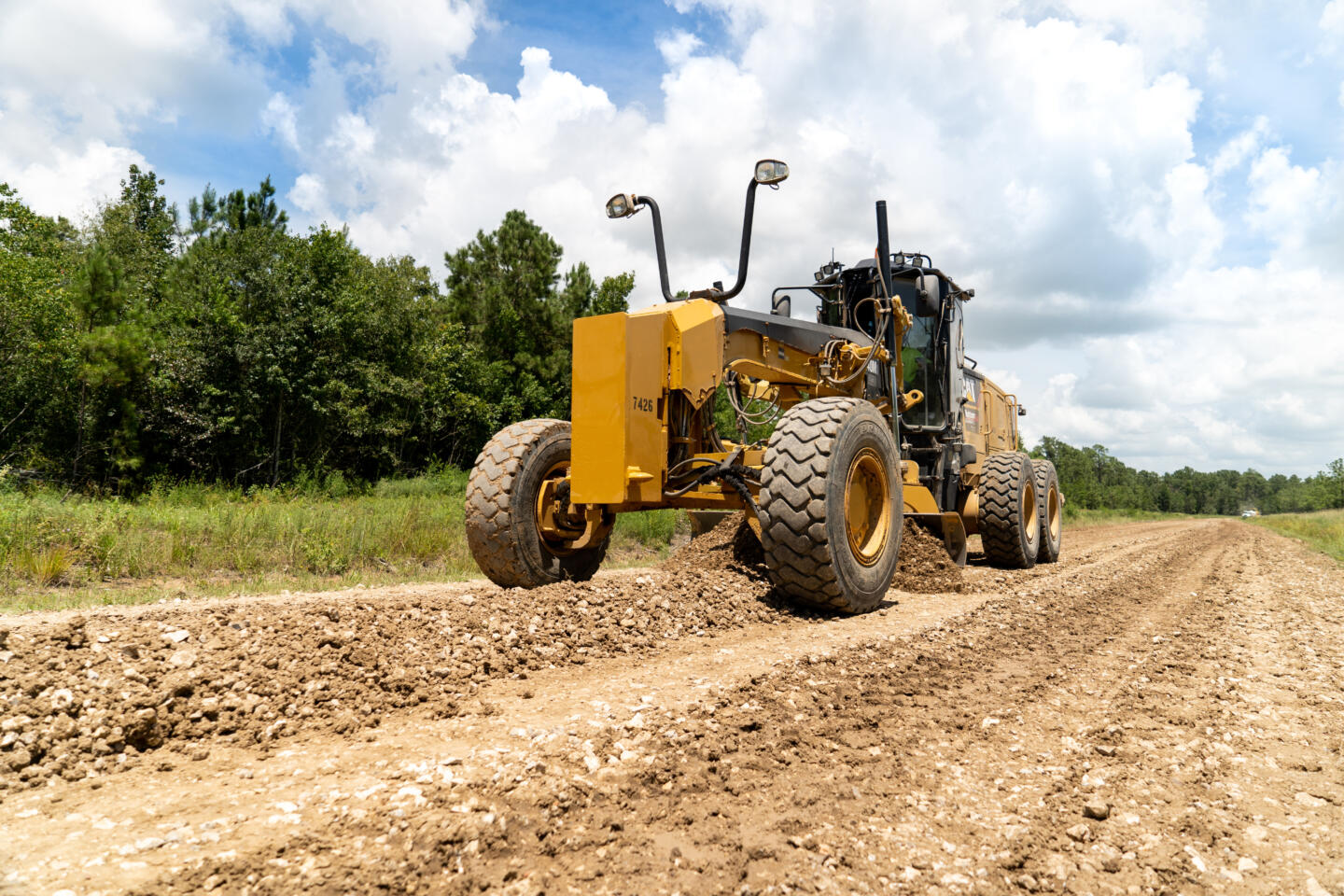
How did local communities welcome the use of this new technology?
Local communities have been very welcoming of Perma-Zyme because it solved the problems they were having with their unpaved roads. For example, Genesee County in Michigan experienced a lot of frost boil problems in the winter and spring rendering their unpaved road impassable. This led to residents having to park their cars on the side of the road and walk the rest of the way home. Since applying Perma-Zyme to their roads they’ve experienced no frost boil issues and have a solid, unpaved road that doesn’t require yearly maintenance.
Shirley Kautman Jones, former Vice Chairman of the Genesee County Road Commission took the product to the road commission.
“The people that lived on the road were very excited, after that point it was a huge success. We went over two years without applying calcium chloride to the road. There was no road dust. It’s amazing. I would definitely recommend the product”
she said.
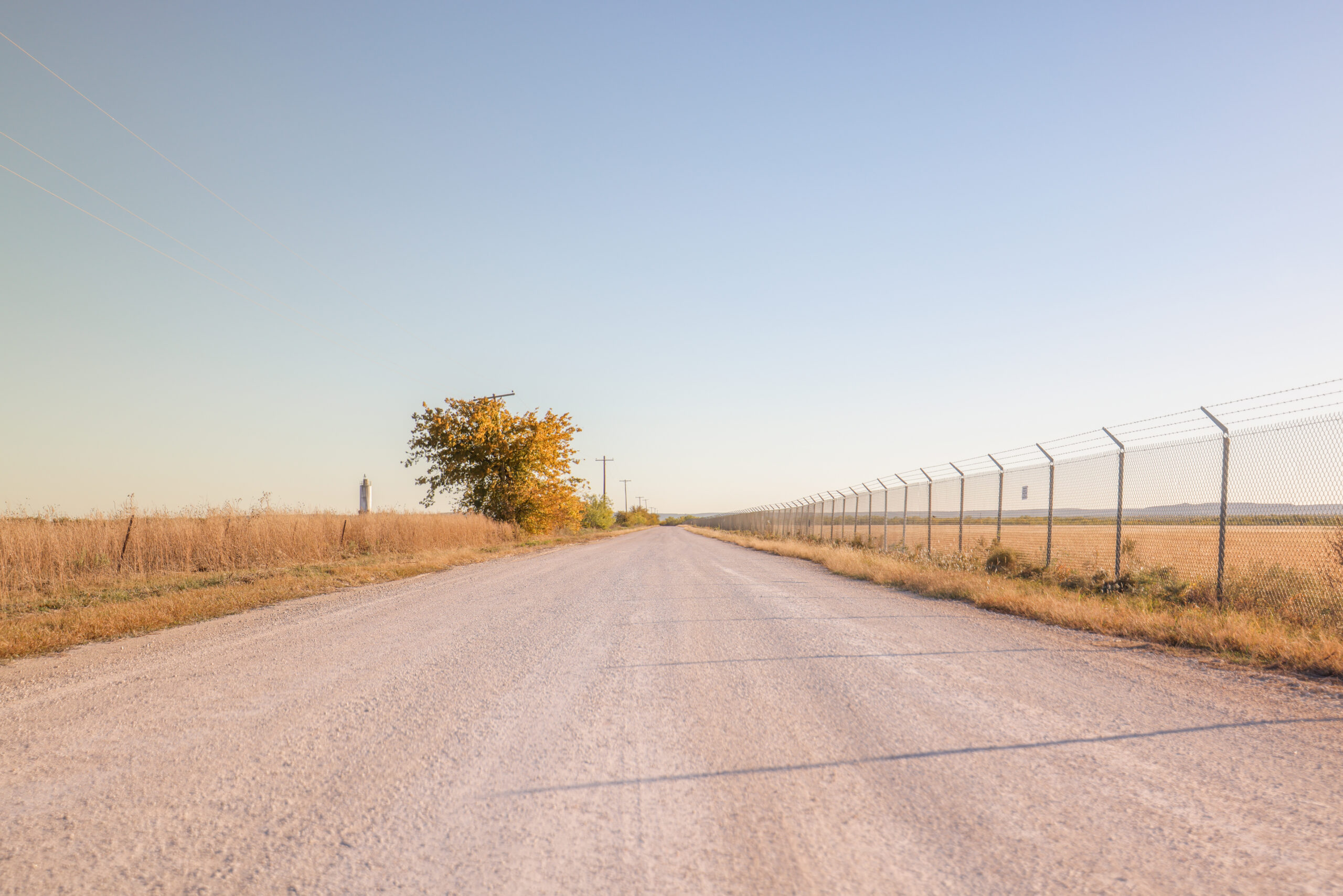
Do you need any regulatory standard to use Perma-Zyme technology? What is the procedure to follow in order to use Perma-Zyme formula?
No, there isn’t a regulatory standard. Perma-Zyme is completely environmentally friendly. To apply Perma-Zyme, you will need to first rip up the soil. The depth varies depending on traffic type, for light traffic the soil needs to be excavated to 6 inches in depth, and heavy machinery traffic requires ripping of at least 12 inches. The next step is you would spray the Perma-Zyme onto the soil heavily diluted in water. Then mix the Perma-Zyme and water into the soil with a grader. Lastly you would compact the soil ideally with a sheepsfoot compactor then a smooth wheel roller.
We have a detailed training series that explains the application process in short videos on our website.
You seem very committed to environmental issues. How can your products help reducing environmental impact?
Perma-Zyme is made out of food grade material and every solution is 100% environmentally friendly. In comparison, chlorides are the more common method of soil stabilization and the downsides to chlorides are that they are known to cause environmental issues, require constant reapplication and fluctuate in price. When using Perma-Zyme there are no environmental issues. One application will typically last 10 to 15 years with little to no maintenance. What this means for Perma-Zyme’s environmental impact is that because the product is environmentally friendly you do not have to worry about the product leaching into the water table and polluting the water or surrounding soil. Since the product’s application lasts so long the carbon footprint is being lowered because fewer trucks are on the road performing routine maintenance.
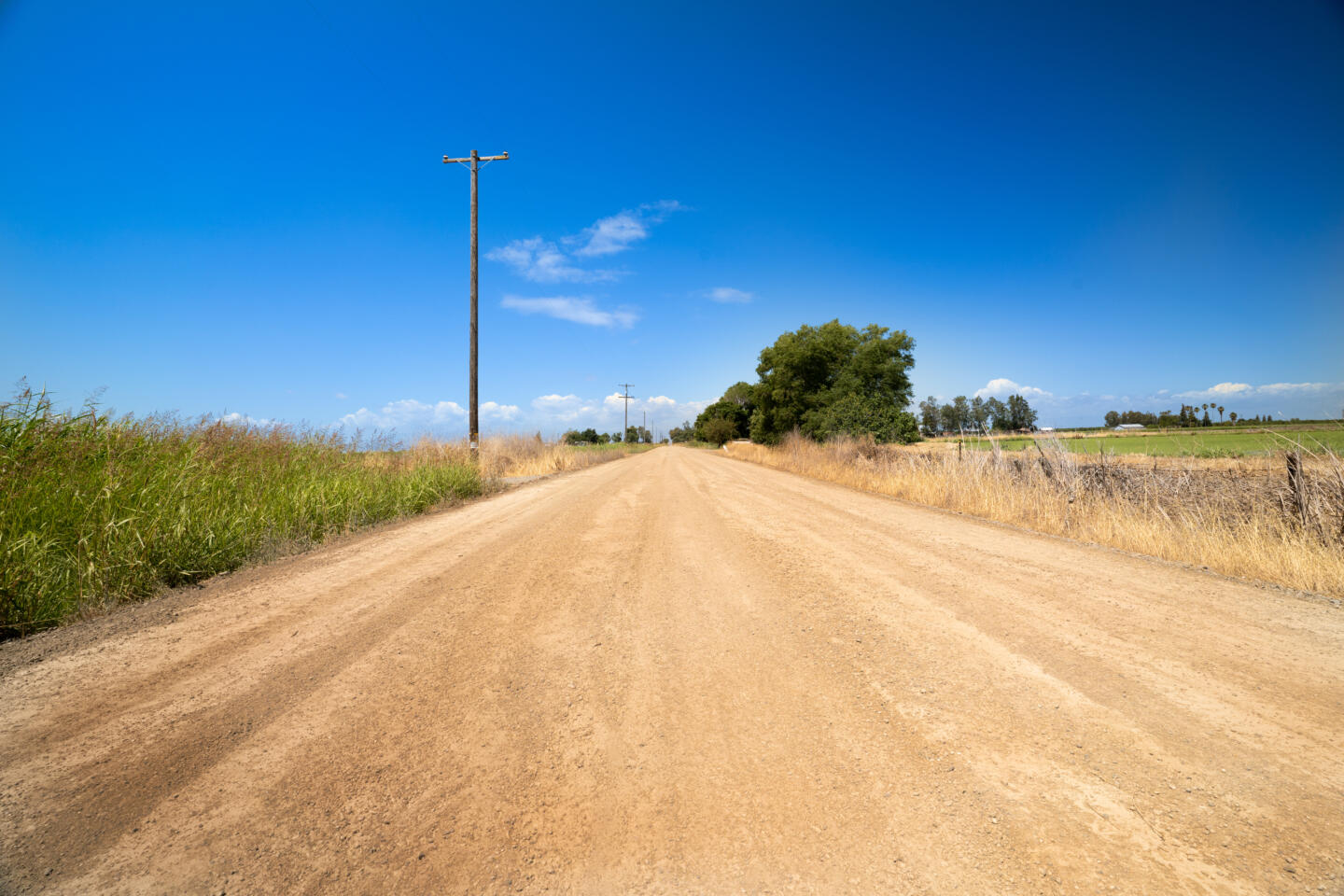
Last but not least, how could someone contact you? And what are the fundamental steps of the usage of Perma-Zyme to build unpaved roads, paved roads, and ponds.
To contact us you can call our office at 702-825-5200 or submit an inquiry via our website at substrata.us.
For road construction the fundamental steps are getting the soil to optimum moisture as this allows for proper compaction. Compaction is the next fundamental step as that is what brings the Perma-Zyme and the clay particles together to begin bonding via an electro-chemical reaction.
For ponds that are under construction the fundamental steps are the same. For ponds that have already been constructed it’s important to properly mix the Perma-Zyme in the water using chains on the back of your boat to ensure the Perma-Zyme is evenly distributed. The weight of the water will then drive the Perma-Zyme to the bottom and compact.


 Copyright 2017-2025 All rights reserved.
Copyright 2017-2025 All rights reserved.